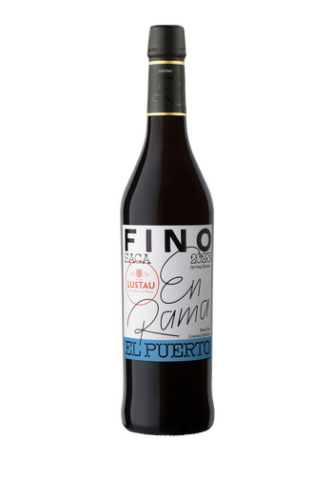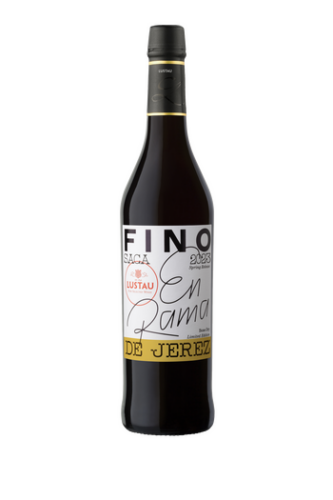It’s that time of year again, when the cold starts to break and warmer weather gradually begins to grace us with its presence.As the seasons change, we often seek out and welcome food and drink that reflects our surroundings.When things start to heat up, our desire for beverages that quench our thirst and cool us off grows exponentially with the increase in temperature.In a world filled with slushies and punches, there is one classic cocktail that has been helping us usher in Spring and Summer for centuries: Sangria
WORLD BARTENDER DAY ORIGINS AND HISTORY
The bartender was the person who ran the local inn and typically owned the place. Additionally, the bartender or innkeeper would usually make their own alcohol, as well as serve it to their guests. These establishments were typically found along local trade routes to attract business from travelers and merchants. However, unlike most bars today, the bars of ancient Greece were very expensive and exclusive, so not just anyone could walk in and order a drink. To be a bartender was to be a part of high society, and from these ancient times all the way through the Middle Ages, a bartender was one of the highest paid professions of their time. The discovery of the Americas led to European immigration, and with the immigrants came all their local drinking traditions. By now, bars had evolved from high society hangouts to local watering holes where common people could gather to have a good time. This shift was an important change as it allowed for more establishments to open in areas that were lacking a place for people to socialize. With these newly founded establishments popping up all over the place, bar owners had to start to get creative to stay ahead of the competition. In mid 19th Century, the art of the cocktail was born thanks to one innovative man that paved the way for every bartender to follow: Jeremiah “Jerry” Thomas.

WHO IS JERRY THOMAS, THE “FATHER OF BARTENDING”?
Jerry Thomas was born in 1830 in Sackets Harbor, New York. He learned to bartend at a young age in New Haven, Connecticut, and took his skills out west to California during the fortuitous Gold Rush era. Although he never struck gold, it did give him ample time to perfect his craft, in which he returned to New York City in 1851 to open a saloon beneath Barnum’s American Museum. After a successful stint at the museum, he took off on the road for many years, appearing behind bars and saloons across the country, as well as throughout Europe. During these travels, Thomas was able to show off his skills and charisma, along with his fancy silver bar tools and flair bartending acts. In 1861, he found himself behind the bar at the esteemed Occidental Hotel in San Francisco, which housed such luminaries as Ralph Waldo Emerson, Robert Lewis Stevenson, and Mark Twain. The following year, Thomas finished the very first, and what is still one of the most important books in cocktail lore, “The Bon-Vivant’s Companion or How To Mix Drinks”. In 1866, he came back to NYC and opened his second and most successful bar on Broadway between 21st and 22nd street. In his later years, after a series of bad decisions on Wall Street, Thomas tried to open a couple other bars, but they couldn’t make it as they could not keep up with the popularity of his original location. In 1885, Jerry Thomas passed away at the age of 55 due to a stroke.

ORIGINS OF THE COCKTAIL
At the turn of the century, the art of the cocktail was thriving and as a result, produced many wonderful opportunities for talented bartenders. Such notables as William Boothby of the Palace Hotel in San Francisco and author of “The World’s Drinks and How to Mix Them”, along with Ada Coleman, the head bartender at The American Bar of the Savoy Hotel in London, were at the pinnacle of the bartending industry until prohibition in 1920. After Prohibition ended in 1933, the era of the Tiki cocktail began thanks to both Ernest Gantt, aka Donn Beach, and Victor “Trader Vic” Bergeron.
These styles of drinks remained popular up until the disco years of the 1970’s. This was a real low point in the bartending world as the craft of the cocktail digressed and shied away from using quality ingredients and fresh juices. This lull lasted until the mid 1980’s, but thanks to one industry icon, Dale “King Cocktail” Degroff of The Rainbow Room in NYC, the emergence of quality drinks slowly started to return up until the end of the 1990’s.

WHEN IS INTERNATIONAL COCKTAIL DAY?
The turn of the millennia was a very magical time and was filled with many technological advances that ultimately shaped the world we live in today, celebrated yearly on the 13th of May as “International Cocktail day” . Additionally, it marked the beginning of the “Second Golden Era” of the cocktail thanks to the late great Sasha Petraske. On New Year Eve of 1999, Petraske opened Milk & Honey in NYC and established the first craft cocktail bar in the US. In following with the many greats that came before him, Petraske focused on well-balanced, good quality drinks that used respectable and fresh ingredients, thus reviving the practices of the pre-prohibition days. Over these last 22 years, the craft of the cocktail and the art of bartending have reached a level that is unsurpassed in history. Consumer interest in cocktails is at an all-time high, and with new products coming out daily, along with access to the world’s most boutique and exclusive products, the bartender’s skill and knowledge has risen to the level of executive chef at a Michelin starred restaurant. If there is one thing that has remained unchanged throughout all these years of bartending history, it is the fact that the bartender has and always will be an integral and much appreciated fixture in our lives.
We at Lustau would like to thank all of you who have and continue to serve the people with your hospitality and craft, and trust everyone will raise a glass to honor bartenders across the globe.